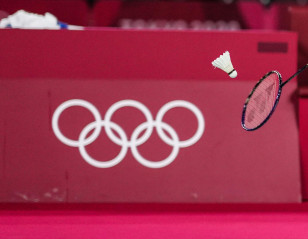
Season Preview: Towards Paris 2024
For months now, talk has been building about the Olympic year, 2024. Now it’s here.
There are seven months left for the start of Paris 2024, but much before that, the destinies of players bound for the Olympics will be decided as qualifying winds down. The first quarter of the year will effectively decide the qualifiers to Paris, and so, with the season-opening PETRONAS Malaysia Open 2024 next week, it will be full steam ahead for those hoping to make the cut.
The season-opener being an HSBC BWF World Tour Super 1000 event, with substantial ranking points (and prize money) at stake, competitors will have to be at their sharpest from the very beginning of the year.

From Kuala Lumpur the Tour moves to New Delhi for the YONEX SUNRISE India Open 2024 (Super 750). January will see two more World Tour events – the DAIHATSU Indonesia Masters 2024 (Super 500) and the PRINCESS SIRIVANNAVARI Thailand Masters 2024 (Super 300).
The World Tour pauses in February, which has continental team championships in Asia, Europe and Pan Am, and continental individual championships in Oceania and Africa. The Tour will resume in late February with the YONEX German Open 2024 (Super 300).
Competitors will get a taste of what awaits them at the Olympics when they head to the YONEX French Open 2024 (Super 750) which has been scheduled for early March this year. That will be followed by the second Super 1000 event of the year, the YONEX All England; that week will also see the Orleans Masters (Super 300).
The Tour will continue in Europe through March, with the Swiss Open (Super 300) and Madrid Spain Masters (Super 300).
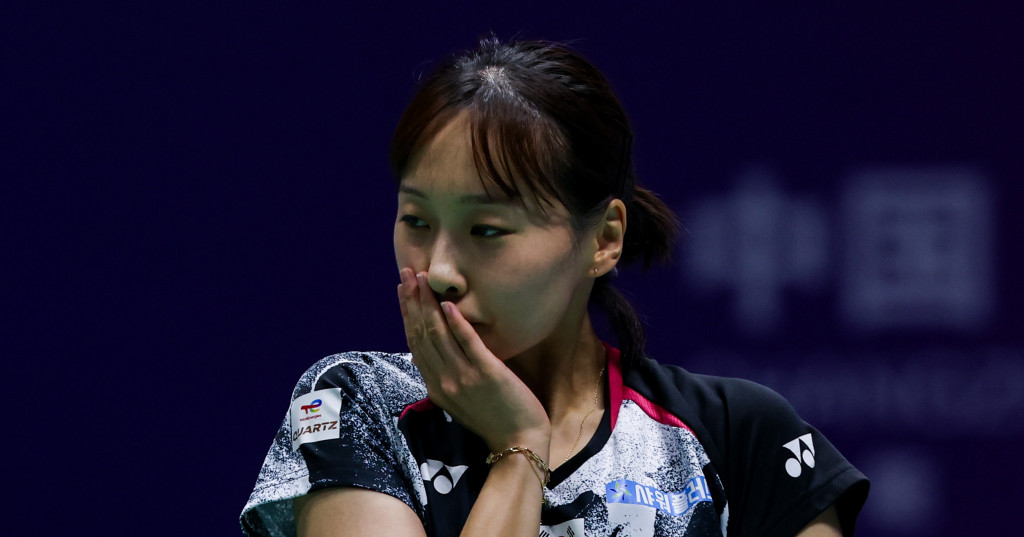
April will call time on qualification, with the remaining continental individual championships – such as the Badminton Asia Championships (9-14 April), the 2024 European Championships (also 9-14 April) and the YONEX Pan Am Individual Championships (11-14 April). The last date of qualification is 28 April 2024.
The fortunes of the contestants will be keenly followed during this last phase of qualifying, with their form a possible indicator of their performance in Paris. Will the dominant players – Viktor Axelsen, An Se Young, Chen Qing Chen/Jia Yi Fan and Zheng Si Wei/Huang Ya Qiong – continue to stand above the competition in the months leading up to Paris 2024? Or will the relentless pressure weigh them down, enabling their competitors to bridge the distance?
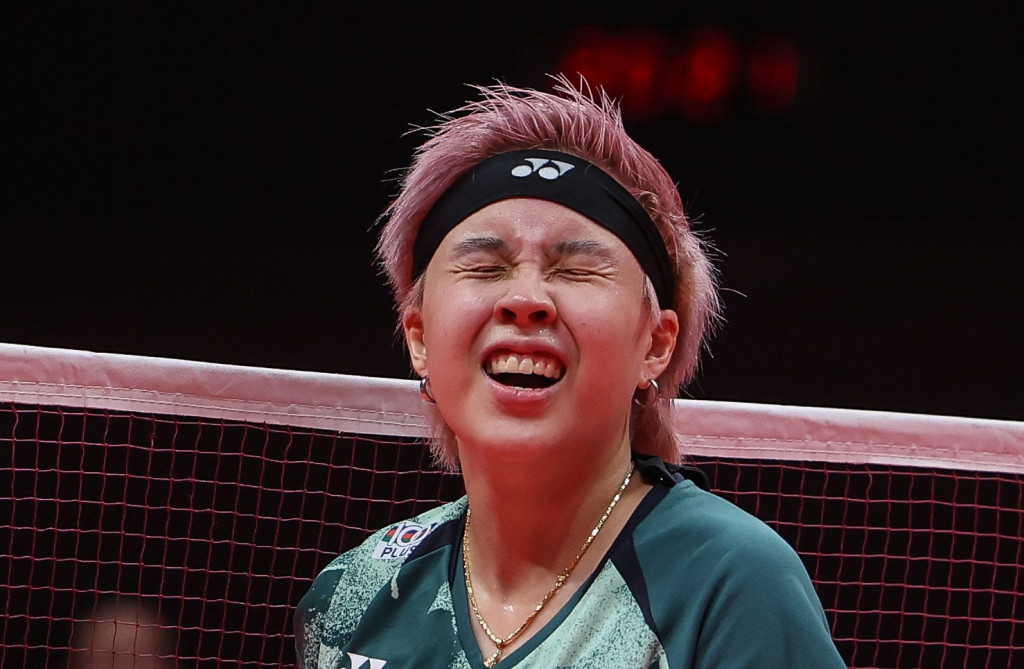
An intriguing aspect is that every Olympic year typically witnesses several high-profile retirements. (Tokyo 2020 was an exception because of the pandemic-affected months, which possibly contributed to prolonging the careers of veterans.) But will the months following Paris 2024 see an exodus?
In any case, the next few months will be a bonanza for badminton fans as players wrestle with the complicated mix of factors that contribute to success, particularly in an Olympic year.
Olympic and Paralympic News

‘There’s Much More in Our Tank’ 1 March 2024

Tai Tzu Ying, The Second Coming 29 February 2024

Take Two, with New Mates 15 February 2024

Badminton Venue for Olympics and Paralympics Inaugurated 13 February 2024

Kang & Seo: Showcasing Winning Ability 12 February 2024

Paris Dreaming 8 February 2024

Sprint Begins 7 February 2024

Malaysia Open: ‘Anything is Possible’ 10 January 2024

In the League of Greats 7 January 2024

Malaysian Duo Look to Build on Gains from Last Season 6 January 2024

Game for Friendly Fight 5 January 2024

Gilmour: Grit and Grace on the Road to Paris 2024 4 January 2024

Dubai Para: ‘My Shots Were Perfect’ 13 December 2023

Dubai Para: Monteiro Focused on Meticulous Planning 12 December 2023

BWF Presents Super Smash Squad: Unleashing Badminton Heroes 25 October 2023

Naraoka, An Se Young Lead Race to Paris 4 August 2023

Paris 2024: With a Year to Go, Festive Spirit Pervades 26 July 2023

Badminton Lets Pu Gui Yu Enjoy the World 20 July 2023

Two Olympic Champs Aiding Weng’s Growth 28 June 2023

Canada Para: Bethell Extends Dominance Over Bhagat 19 June 2023

Thai Para: Daily Discussions Lead to Gold 15 May 2023

Thai Para: Indonesia, Malaysia Halt China’s Domination 14 May 2023

Thai Para: Overcoming the Racket 13 May 2023

Thai Para: ‘I Got Tired of Losing’ 12 May 2023

Thai Para: It’s Looking Up for Krajewski 11 May 2023

The Bell Sounds for Paris 2024 1 May 2023

French Open 2024 to be Played at Paris 2024 Venue; Rescheduled to... 27 April 2023

Registration Deadline for Single Tickets Approaches 15 April 2023
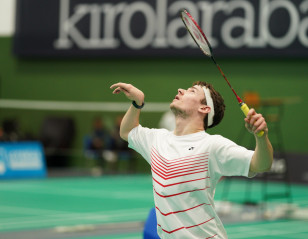
Spanish Para: Bethell Brings it Home for the Team 27 February 2023
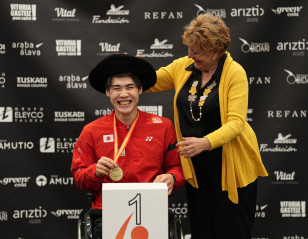
Spanish Para: Double Winner Kajiwara Keeping it Fun 27 February 2023
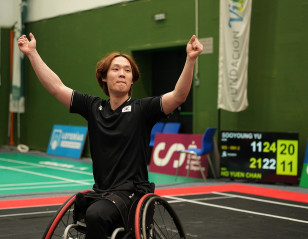
Spanish Para: Sooyoung So Good 26 February 2023
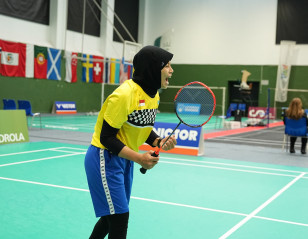
Spanish Para: My Time to Shine, Enthuses Ikhtiar 26 February 2023
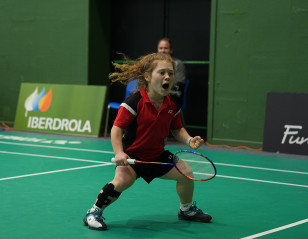
Spanish Para: ‘Anyone’s Playing Field’ 25 February 2023
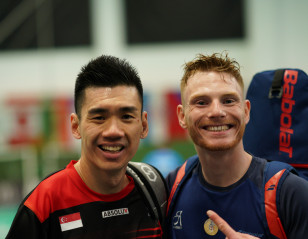
Spanish Para: It’s All Smiles for Loquette 24 February 2023
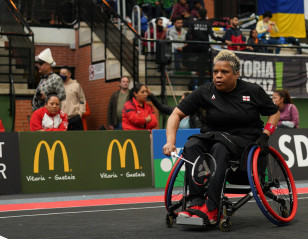
Spanish Para: Jones-Barnes Spreading the Joy of Badminton 23 February 2023
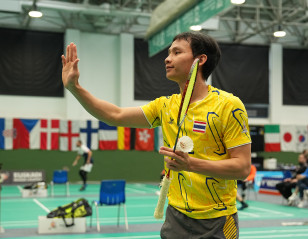
Spanish Para: Patience Key for Self Motivator Bunsun 23 February 2023
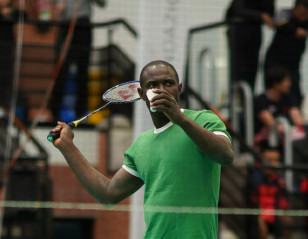
Spanish Para: ‘This One’s For You, Bello’ 22 February 2023

Spanish Para: New Season Brings New Faces 21 February 2023

Para Shuttlers’ Road to Paris Begins in Spain 18 February 2023

Wandschneider/Hellman Chasing Fresh Records 4 January 2023

‘Extraordinary Year’ for Dual Paralympian Mathez 23 December 2022

Ticketing Opens for Paris 2024 13 December 2022

Para Badminton Events for 2023 Confirmed, Paris 2024 Journey Begins 26 November 2022

‘France in Good Position to be Top Five in World’ 17 November 2022
